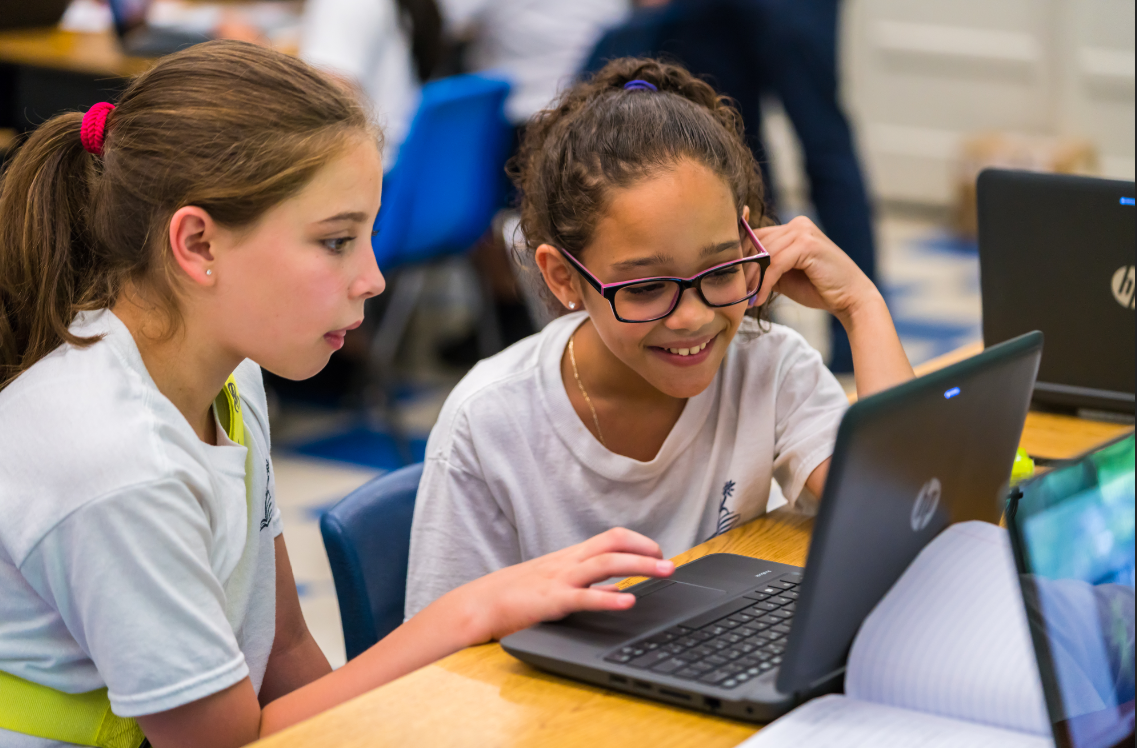projects
STEM & Language
Science, Technology, Engineering, Math and Integrated Language
2024 - Present
STEM Language Description Coming Soon
SAIL-On
Science and Integrated Language - On
2020 - Present
SAIL + CTM
Science And Integrated Language
Plus
Computational Thinking and Modeling
2017 - 2021
SAIL
Science And Integrated Language
2015 - 2019
The purpose of the SAIL-On project is threefold. First, we will develop a teacher professional development (PD) program to support classroom implementation of the SAIL curriculum. Second, we will develop and validate the instruments needed to rigorously study the SAIL intervention and its impacts on teachers and students, including English Learners (ELs). Third, we will conduct a quasi-experimental field trial in New York City Public Schools to continue gathering evidence of the SAIL intervention’s impacts on teachers’ instructional practices and students’ learning outcomes.
The SAIL-On project is supported by the National Science Foundation (NSF Grant Award Number 2035103).
The SAIL+CTM instructional materials build on and synergize two ongoing projects: Science And Integrated Language (SAIL) and StarLogo Nova. Currently, the SAIL Research Lab is charged with developing NGSS-aligned instructional materials for fifth grade students with a focus on English learners. SAIL+CTM expands the SAIL curriculum to integrate computational modeling using StarLogo Nova, a blocks-based online program. StarLogo Nova has an agent-based simulation engine that has the capacity to model complex systems and causal mechanisms underlying phenomena. For the 2019-2020 school year, the full curriculum is being field tested by 7 public school teachers in Elizabeth, New Jersey.
The SAIL+CTM project is supported by the National Science Foundation (NSF Grant DRL-1742138).
The goal of the project, Science And Integrated Language (SAIL), was to develop NGSS-aligned instructional materials that constitute a yearlong fifth-grade curriculum for students and teachers. The materials promote three-dimensional learning that leads toward mastery of NGSS performance expectations (PEs) in fifth grade. The instructional materials promote both science learning and language learning for all students, including English learners. The project built on our conceptual framework for language use in the science classroom that highlights key features of talk and text as students engage in science and engineering practices (Lee, Quinn, Valdes, 2013). The full curriculum can be accessed here.
The SAIL project was supported by the National Science Foundation (NSF Grant DRL-1503330).


